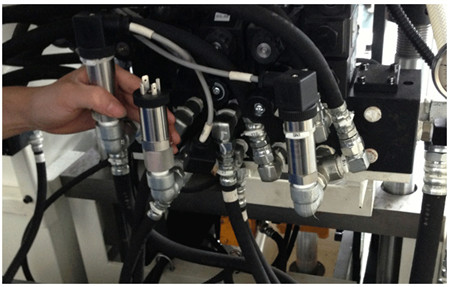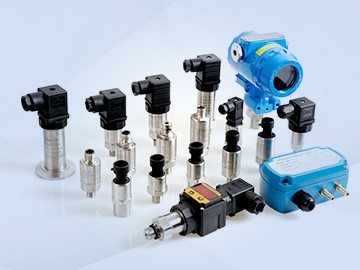How to Properly Use Pressure Transmitter
Pressure transmitter, is the most common pressure measuring device on the current market. Not only their performance would affect the measurement effect but also the usage. Today we'll have a main analysis on how to properly use them.
The pressure transmitter must be installed correctly. For example, the inside of the oil circuit system under normal working conditions can be regarded as a closed container, which obeys Pascal's principle, that is, the oil pressure in the oil circuit system is equal everywhere. It is theoretically possible to install a pressure transmitter at any positions in the oil circuit, but actually this is not the case.
Tests show that the results vary when the pressure transmitters are installed in different positions. In fact, the oil circuit system is not a closed container in an ideal state. There will be leakage between the pipeline, the valve body, the oil cylinder and the piston, resulting in inconsistent pressure changes at different points. Secondly, due to the influence of oil viscosity, lag occurs in oil pressure transmission. In addition, buffer valves, throttle valves may cause hydraulic oil fluctuation due to the change of the cross-sectional area when the hydraulic oil flows, resulting in different instantaneous oil pressure changes between points.

Therefore, the pressure transmitter should be installed in a position where the pressure signal can be directly and quickly detected, with few interference.
In addition, try not to install it the lower part where pollutants are deposited or at the upper part of the pipeline (valve block) where the bubbles are easy to accumulate and the local flow is fast.
A. Reasonable range Use within the marked range.
B. Install damping We generally apply a damper in our pressure transmitters.
C. Take exhaust measures
D. Properly debug and maintain.






